Not every joke needs structure or logic — some of the funniest moments come out of complete chaos. That’s exactly what random memes deliver. They don’t rely on clever punchlines or polished delivery. Instead, they crash into your timeline unannounced, make you laugh, and disappear just as quickly. These digital bursts of absurdity are now one of the internet’s most viral forms of humor — confusing, chaotic, and utterly irresistible.
Video: Posting funny memes in real life
The Wild World of Digital Absurdity
Social media has become a playground for the bizarre. While some people scroll for smart satire or clever commentary, others crave randomness — the kind that makes zero sense but sparks pure joy. Think of a banana taped to a ceiling, a dog driving a toy car, or a cat staring into the void wearing sunglasses.
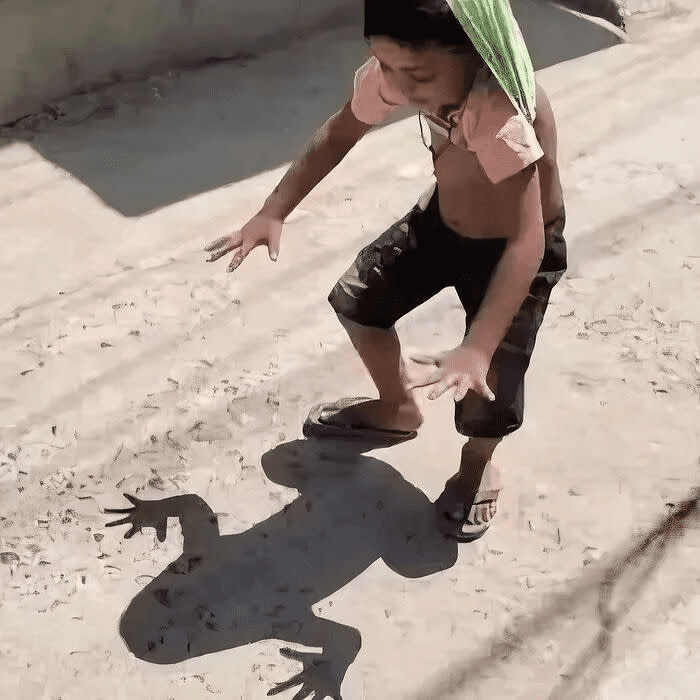
These random images spread like wildfire because they break the pattern. In a space filled with filters and perfection, absurdity feels refreshingly real. The stranger a meme looks, the faster it travels. In a way, the internet has crowned chaos as its favorite form of comedy.

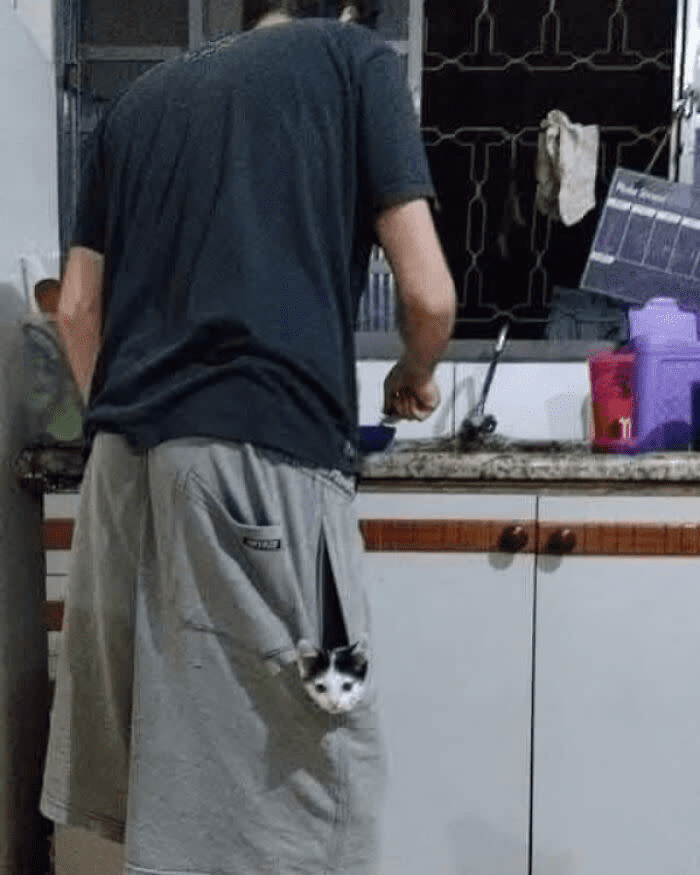
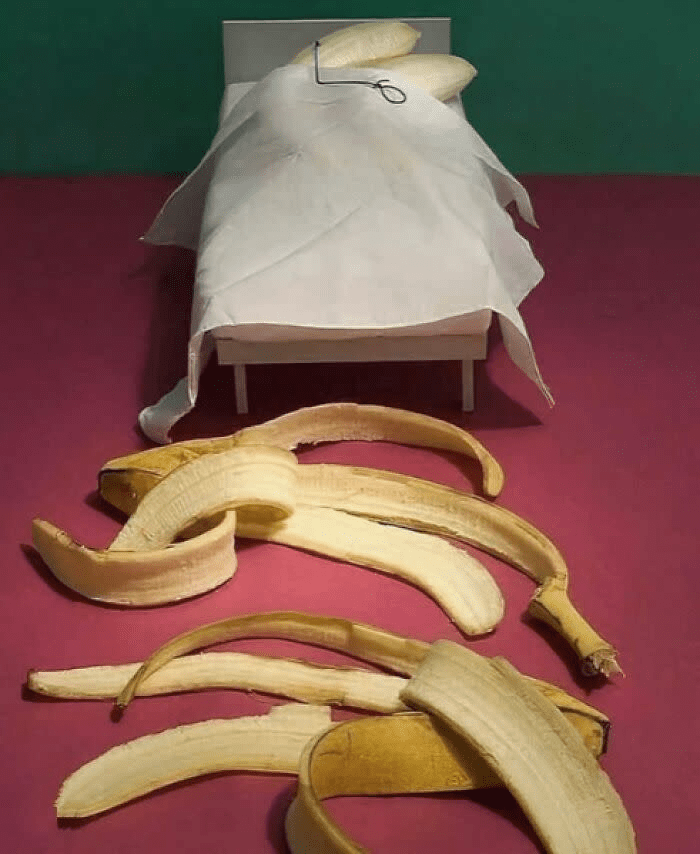

Why We Love the Unexpected
At first glance, random memes look meaningless. But there’s a reason our brains can’t get enough of them. When everything online is predictable — perfect selfies, food pics, ads — something weird catches us off guard. A meme of a pigeon holding a hotdog? That’s a pattern breaker.
Video: Best Funny Memes of the Year! Top 10
Our minds crave novelty. That “Wait, what did I just see?” moment jolts us out of autopilot and grabs our attention. It’s like pressing a mental refresh button. That’s why absurd humor doesn’t just make us laugh — it wakes us up.

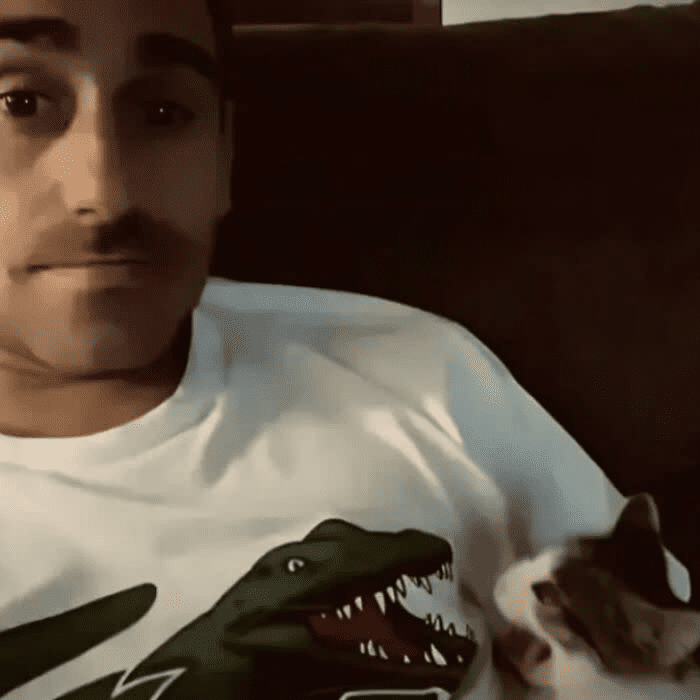

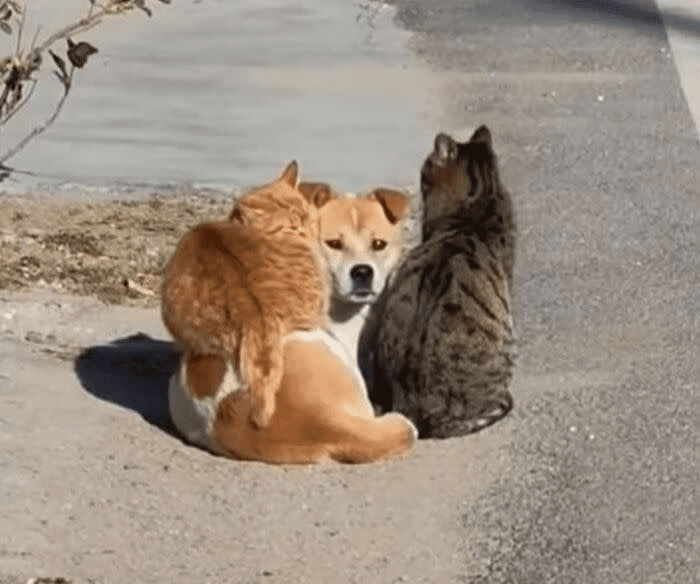
A Quick History of the Meme Revolution
Before memes ruled the internet, the word “meme” already existed. Richard Dawkins introduced it in 1976 in The Selfish Gene to describe how cultural ideas spread through imitation. Fast forward a few decades, and the concept evolved into something digital — from basic text-on-image jokes to GIFs, reaction formats, and video loops.

Video: Funniest Memes I Found On The Internet
Early memes were simple: bold white captions on funny photos. But today, memes are a living language, constantly changing with trends and tech. What’s funny one week is forgotten the next. Yet one thing remains the same — the best memes always strike a universal chord.
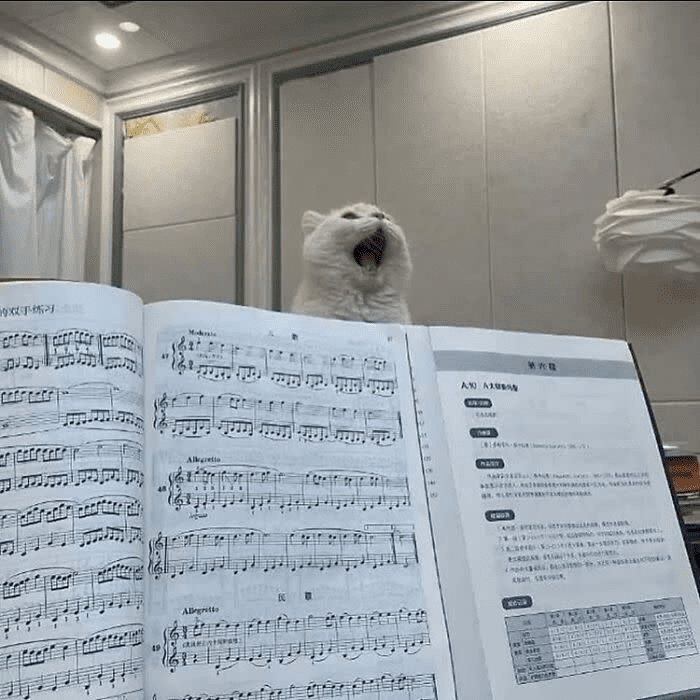
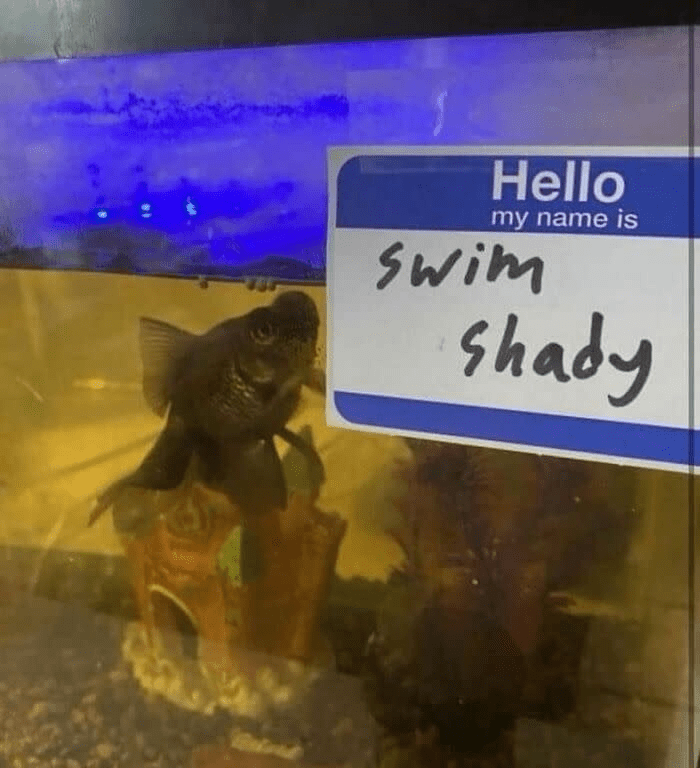
When Nonsense Makes Perfect Sense
Random humor divides audiences. Some people find it brilliant; others just stare in confusion. And that’s exactly the point. Absurd memes are designed to mess with your expectations. They don’t aim to be logical — they aim to be memorable.

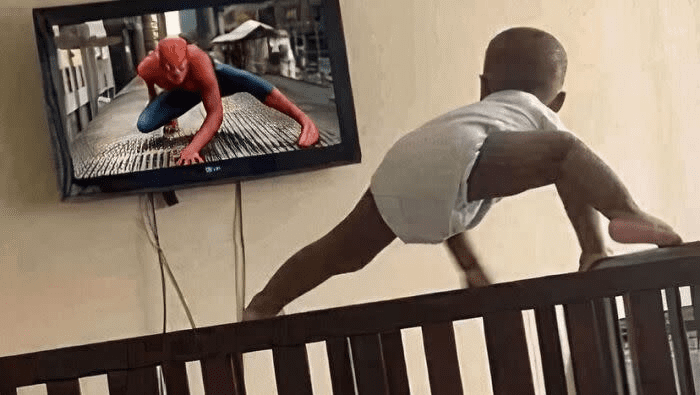
In fact, the confusion is part of the fun. People share random memes not only because they laugh, but because they want others to join in the “What is happening?” moment. That shared confusion creates community. The debate, the inside jokes, and the comments are what keep memes alive and thriving.


The Balance Between Absurdity and Relatability
Randomness by itself isn’t enough. The most viral memes blend chaos with familiarity. It’s like mixing hot sauce with your favorite meal — the weirdness works because it enhances something recognizable.
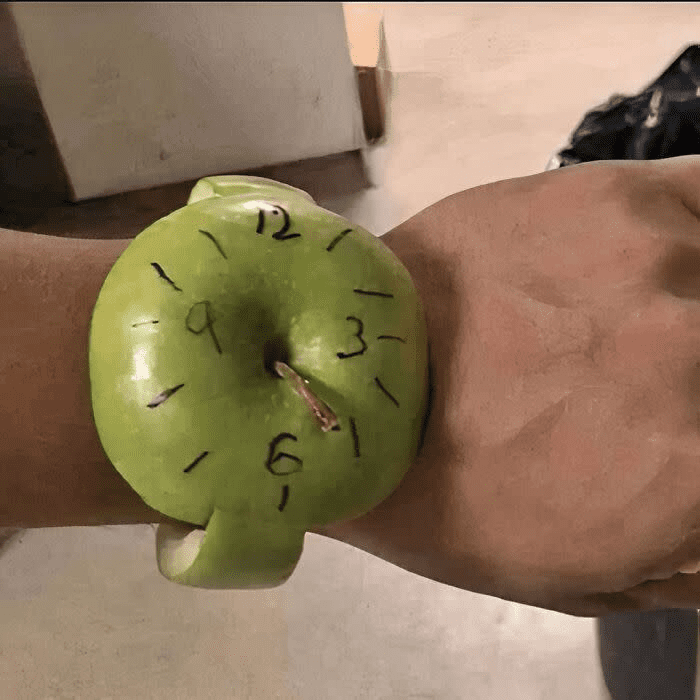
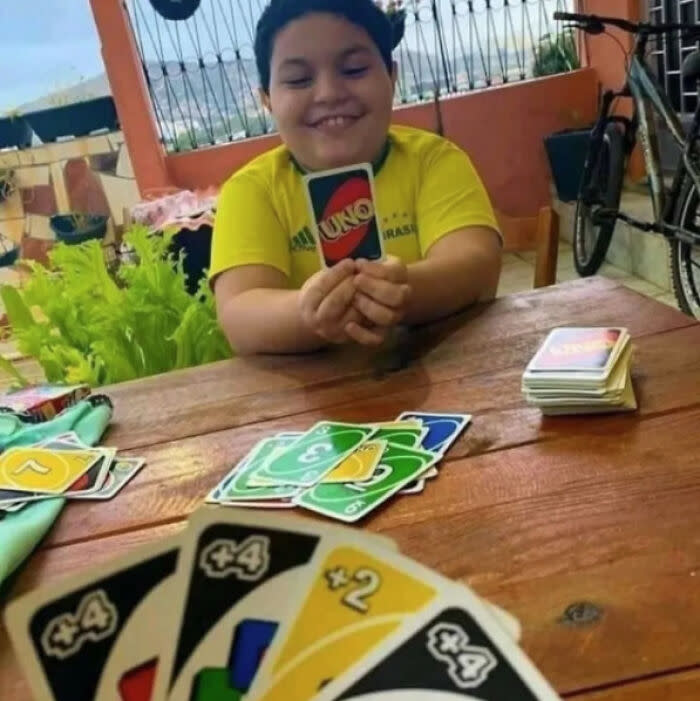
Picture a turtle wearing headphones. That’s just odd. But caption it, “Me tuning out during Monday’s meeting,” and suddenly it clicks. You’ve added context — a universal feeling. The absurd becomes relatable, and that’s what makes people hit the share button.


Why We Need Random Humor
In a world obsessed with image, control, and success, random memes give us permission to let go. They remind us that not everything has to make sense — that sometimes, it’s okay to laugh at nonsense. They bring lightness to a digital space often filled with pressure and seriousness.

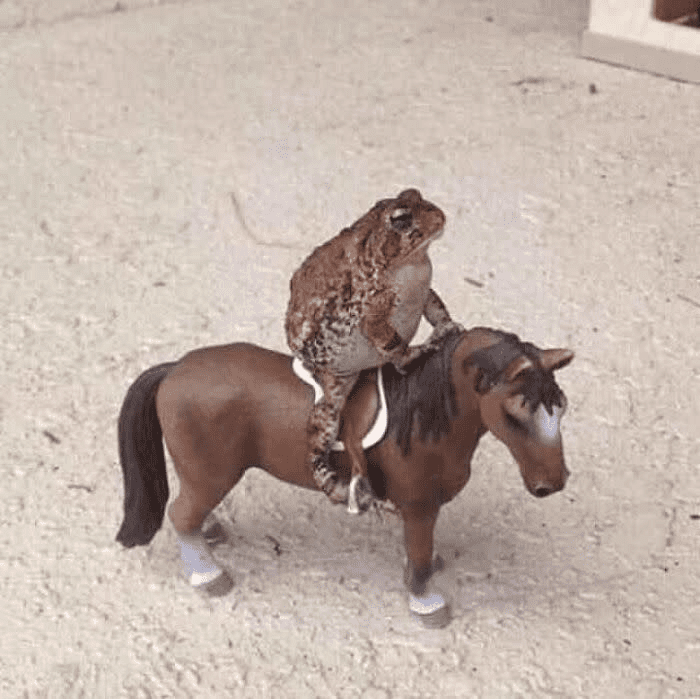
A photo of a potato in a tiny hat or a squirrel doing yoga won’t change your life, but it might make your day a little better. These moments of silliness help us disconnect, even for just a second, from the constant noise of social media.

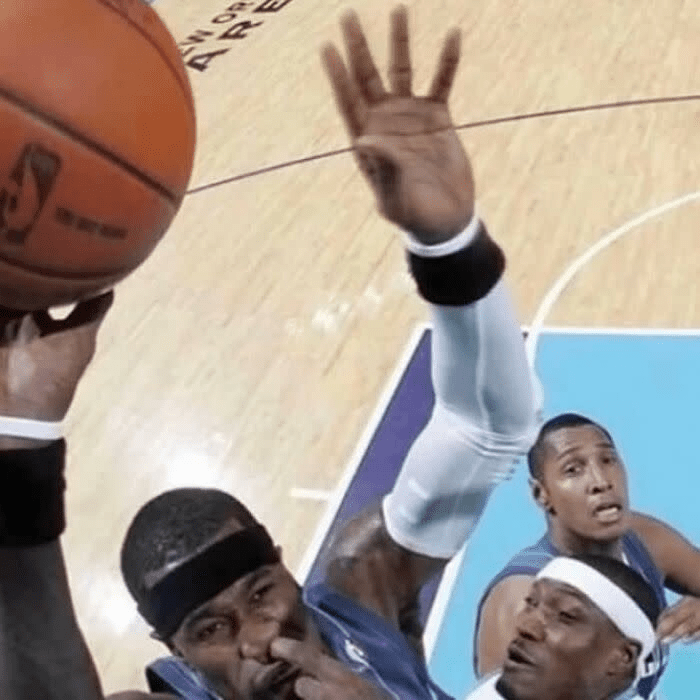
The Cultural Power of Chaos
Random memes have become more than entertainment — they’re a cultural reflection. They show how humor evolves with technology, how connection thrives through confusion, and how people bond over the unexpected.

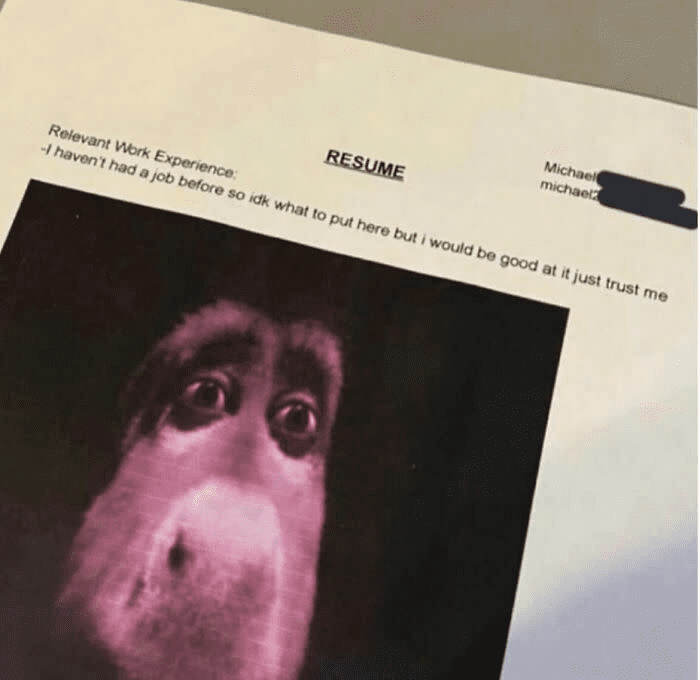

As AI tools, filters, and digital art evolve, memes will only get weirder — and funnier. The next generation of humor might not even make sense at all, and that’s the beauty of it. Chaos is no longer just funny; it’s part of how we express ourselves.
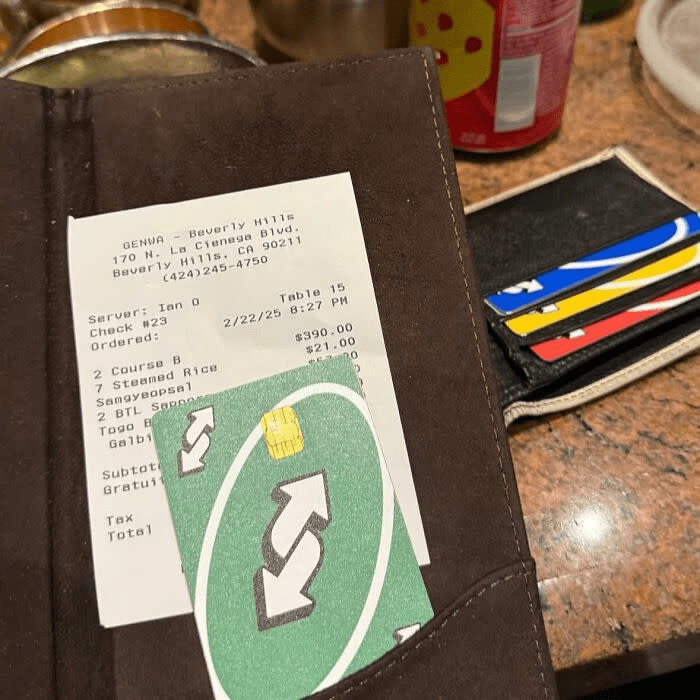
Random memes prove one simple truth: laughter doesn’t need logic. In fact, sometimes the funniest things are the ones that make no sense at all. These bizarre, chaotic images are a reminder that imperfection and unpredictability can be refreshing in a world that tries too hard to be perfect.
They confuse us, entertain us, and bring us together — all while breaking every rule of traditional humor. And maybe that’s why we love them so much. Because in a world where everything feels structured and serious, a little dose of randomness is exactly what keeps us human.


